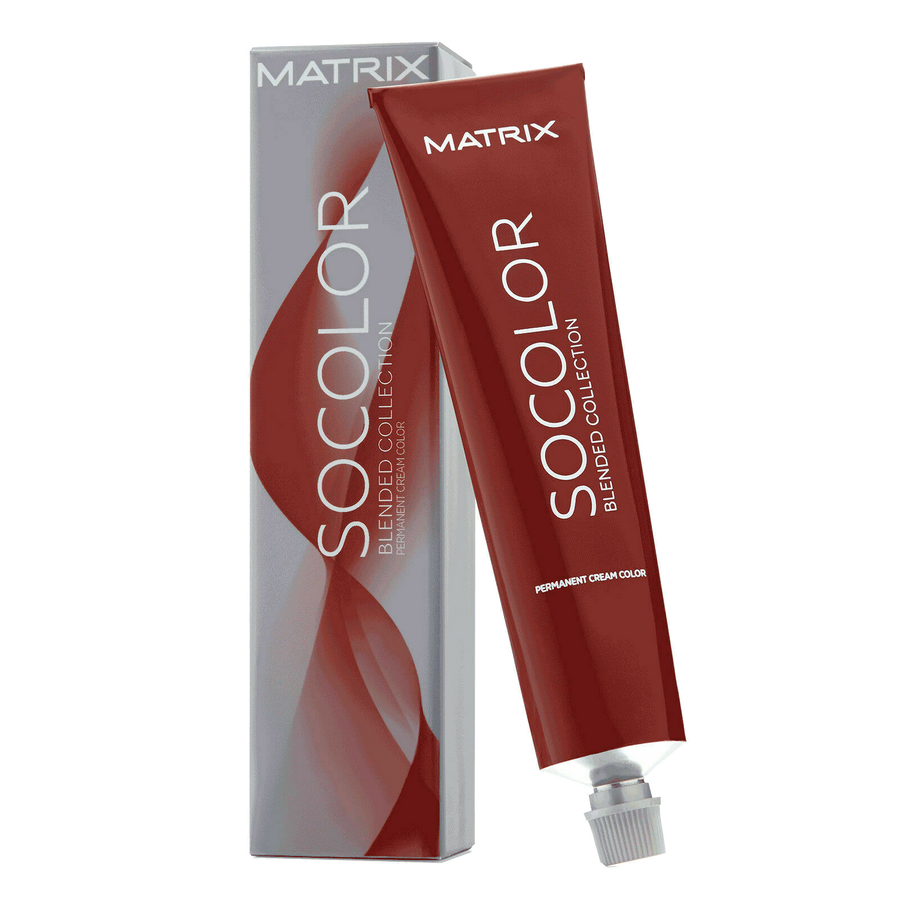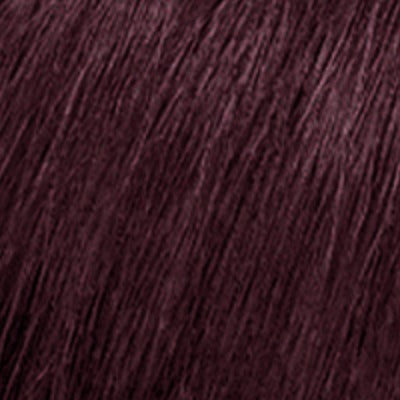Preventing Headaches from Tight Hair Bungee Styles
Hair bungees are a favourite for people who want a sleek, secure ponytail without tangling or pulling out strands. They wrap around your hair without needing to twist like standard elastics. That means less tugging and more control, especially for thick or textured hair. They’re popular in everything from gym bags to everyday styling because they stay put without slipping.
The downside is they can cause tension headaches if wrapped too tightly or worn too often. Some people feel discomfort around the temples or crown after wearing a high ponytail or bun all day. While it might just seem like a little pressure at first, this can build up over time and lead to recurring scalp pain. The good news is, with a few simple changes, you can still wear your favourite styles without the ache.
Causes of Headaches from Tight Hair Bungee Styles
Headaches caused by tight hairstyles don’t just happen randomly. They often come down to pressure creating tension on the scalp. When you use a hair bungee and wrap it too snugly, especially near the hairline or crown, it can pinch the skin and pull at the roots. This can lead to that throbbing or aching feeling that lingers long after the style is taken out.
Certain spots on your head are more sensitive than others. These include your temples, the upper neck, or the area just above your ears. Tying a bun or ponytail too tightly in these areas can cause discomfort pretty quickly. The problem can get worse if the weight of the hair is pulling down on the elastic all day.
Hair thickness plays a big role, too. If you’ve got a thick head of hair, a tight bungee might create more strain simply because there’s more weight being pulled into one point. And if it’s layered or wet while being tied up, that extra bulk is even more noticeable. The tension isn't just unpleasant—it can cause short-term pain and, in some cases, long-term concerns like breakage or scalp sensitivity.
One clear example is someone who wears their hair in a high ponytail for spin class each morning and keeps it that way for the rest of the day. After a week or so, they might start to feel pressure around the top of their head or along the base of the ponytail, especially while leaning back or lying down. That dull ache is usually a sign the bungee is doing too much.
Understanding the cause of the discomfort helps you adjust your styling habits before the tension builds up. Luckily, changing the way you use your hair bungee doesn’t mean quitting your go-to styles. It just means using a bit more care with the fit and pressure.
Tips to Prevent Headaches
If you're getting tension headaches from tight hair bungee styles, you're not stuck with the pain. These changes can help take the strain off your scalp and make your favourite looks way more comfortable.
1. Choose the Right Hair Bungee
- Go for bungees made from soft, stretchable material that bend with your movement
- Look for padded or coated hooks that won’t dig into the scalp
- Try lighter-weight bungees that offer hold without feeling stiff against your head
2. Practice Proper Application
- Avoid wrapping the bungee more times than needed, just enough to stay secure
- Don’t yank or stretch the bungee too tightly when hooking it in
- Gently spread the pressure across your scalp to keep one area from carrying all the tension
3. Incorporate Hair Breaks
- Give your hair and scalp a rest by wearing it down for a few hours a day
- Switch up the placement of your ponytail or bun to avoid stressing the same spot
- Try loose braids or low ponytails on recovery days when your scalp feels sore
By making these small changes, you can still enjoy controlled, polished hairstyles without the tension. You’ll also reduce the risk of long-term damage to your hair or scalp, especially if you style regularly throughout the week. It’s all about finding what holds comfortably without pulling too hard.
Additional Comfort Measures That Work
Sometimes the tightness of a hairstyle isn't the only thing causing discomfort. Small additions to your hair routine can help relieve pressure and support a healthier scalp.
One smart change is switching to cushioned or padded bungees that create less friction. These styles might look the same on the outside, but they add a bit of buffer between the band and your scalp, which reduces pressure right where it's applied.
A short scalp massage can also make a big difference. Try doing one at the end of the day or right after you remove your hair bungee. Use your fingertips, not your nails, and rub small circles all over your head. Focus on areas that feel sore or tight—temples, crown, and base of your neck. Massaging helps release built-up tension and improves blood flow so your scalp feels better faster.
Keeping your scalp healthy and hydrated is just as important. If your skin is dry or tight, it’s more sensitive to pressure. Light hair oils or leave-in scalp serums can improve comfort and protect the skin over time. Look for products suited to your hair type—not too heavy for fine hair and not too light for thicker textures. A good routine to follow during cooler seasons like early autumn is applying a hydrating leave-in scalp mist every couple of days, especially if you're wearing your hair in tight styles more often.
These steps don’t take much time but they make everyday styling more manageable. The main goal is to lower the amount of stress your hair and scalp deal with before discomfort turns into pain.
Know When to Ask for Help
There are times when a headache might not be caused by a tight hairstyle. If you’re still getting pain even after easing the tension or changing styles, it could be time to look at other factors. These can include things like posture, dehydration, or even other health issues. When in doubt, it’s always worth checking with your doctor if the problem continues.
If your scalp is sore to the touch, constantly itchy, or flaky after wearing a tight style, it might also mean your hair routine needs adjusting. A professional hairstylist can walk you through gentler approaches or suggest hair bungees that work better for your texture and length. Other times, they might help you find an option that holds your hair in place without using bungees at all.
Moving away from tight styles can take some getting used to if you’ve worn them for years. Start by wearing your hair a little looser each day or alternating between lower ponytails and buns. If your hair is long and heavy, braiding it instead of bunching it high on your head may take the pressure off. Build up to the change in a way that still feels normal for your daily routine.
Think of it this way: your hair should work with you, not fight against your comfort.
Comfort You Can Feel, Style You Can Enjoy
Hair styling doesn’t have to come at the cost of comfort. There’s often a middle ground where you can look put-together but also feel good from morning to night. The key is to pay attention to the small signs—an itchy area, a dull ache, or tension around your temples—and make small adjustments before they turn into something bigger.
It may take a little time to figure out the right routine, especially if you’ve been styling your hair the same way for years. But switching to softer bungees, spacing out how often you wear tight styles, or caring for your scalp can make all the difference. You’ll still get the polished looks you love, just without the pressure.
Listening to your scalp and making changes that feel right for you is how you create habits that last. Your hair should look good and feel good too. Test the waters, take a stretch day now and then, and let your routine reflect the comfort you deserve.
Looking to find the right solutions for your hairstyles? At Smooth & Charming, our collection of accessories ensures you can enjoy your favourite looks without the discomfort. Discover how the right hair bungee can transform your routine with less fuss and more comfort. Explore our selection today for happy, headache-free hairstyling.




